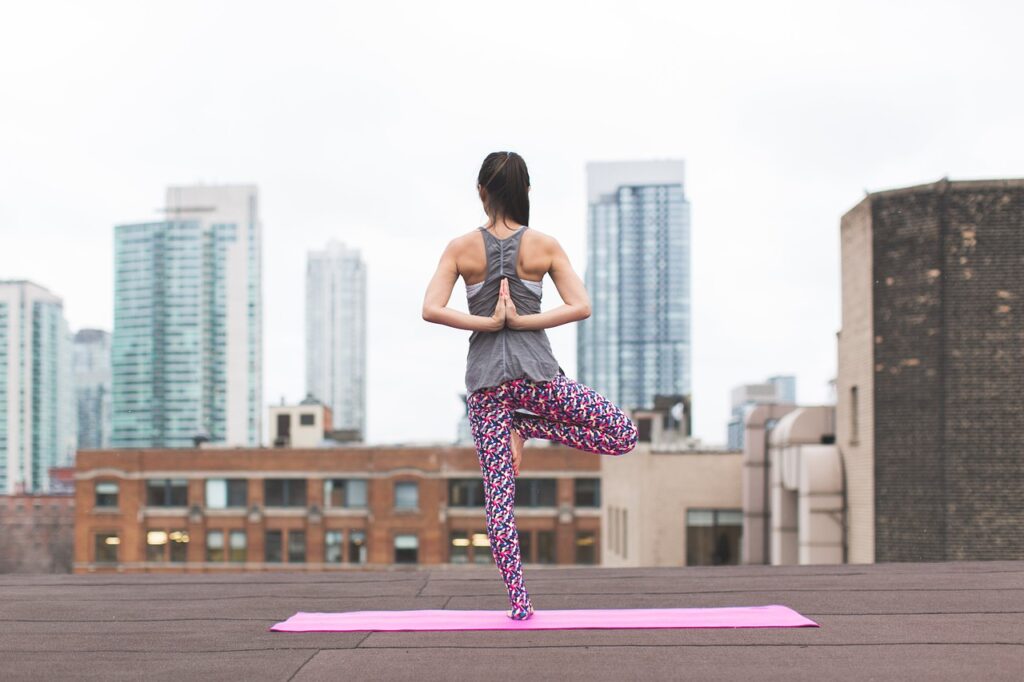Evidence Based
This article relies on solid scientific evidence, authored by experts, and thoroughly fact-checked by specialists.
Our team of licensed nutritionists and dietitians strives to maintain objectivity, impartiality, and honesty. We aim to present a fair representation of both sides of the argument.
Scientific references are included throughout this article. The numbers in parentheses (1, 2, 3) are clickable links to peer-reviewed scientific papers. These sources further support the information provided.

High-intensity interval training (HIIT) has become increasingly popular in recent years for its effectiveness in burning fat and improving cardiovascular health. However, some experts are concerned that HIIT may be causing a “cortisol creep,” which can lead to increased stress and other negative health effects. In this post, we’ll explore what the cortisol creep is and how HIIT may be contributing to it.
What Is the Cortisol Creep?
Cortisol is a hormone that is released in response to stress. It is often referred to as the “stress hormone” because it helps the body respond to stress. Cortisol levels naturally fluctuate throughout the day, with the highest levels in the morning and the lowest levels at night. However, when cortisol levels remain elevated for an extended period of time, it can lead to negative health effects, including weight gain, decreased immune function, and increased risk of chronic diseases such as diabetes and heart disease. This prolonged elevation of cortisol levels is what some experts refer to as the “cortisol creep.”
Symptoms of the Cortisol Creep
Symptoms of prolonged cortisol elevation include:
- Increased appetite and cravings, particularly for sweet or salty foods
- Weight gain, particularly around the midsection
- Difficulty sleeping or insomnia
- Fatigue and low energy levels
- Decreased immune function, leading to increased susceptibility to illness
- Mood swings, irritability, and anxiety (1
PubMed Central
Highly respected database from the National Institutes of Health
Go to source ) - Decreased libido and sexual function
How Does HIIT Contribute to the Cortisol Creep?
HIIT involves short bursts of intense exercise followed by periods of rest or lower-intensity exercise. While HIIT can be an effective way to burn fat and improve cardiovascular health, it can also be very stressful on the body. HIIT workouts can cause the body to release large amounts of cortisol, which can lead to the cortisol creep if cortisol levels remain elevated for an extended period of time.
One study found that HIIT workouts led to a significant increase in cortisol levels compared to steady-state exercise. The study also found that cortisol levels remained elevated for up to an hour after the HIIT workout, indicating that HIIT may contribute to the cortisol creep.
How to Reduce the Risk of the Cortisol Creep with HIIT
If you’re a fan of HIIT workouts but are concerned about the cortisol creep, there are several things you can do to reduce your risk:
- Don’t overdo it: HIIT can be very effective, but it’s important to listen to your body and not overdo it. Overtraining can lead to increased cortisol levels and other negative health effects.
- Mix up your workouts: Don’t rely solely on HIIT workouts. Mix in other types of exercise, such as steady-state cardio, strength training, and yoga, to reduce the stress on your body.
- Take rest days: Rest days are essential for allowing your body to recover and reducing stress. Make sure to take at least one or two rest days per week.
- Manage your stress: HIIT workouts aren’t the only source of stress in your life. Make sure to manage your stress (2
PubMed Central
Highly respected database from the National Institutes of Health
Go to source ) through techniques such as meditation, deep breathing, and adequate sleep.
The Importance of Recovery
Recovery is an essential component of any exercise program, and it’s particularly important for those who engage in HIIT workouts. Recovery allows the body to repair and rebuild muscle tissue, replenish energy stores, and reduce stress. Without proper recovery, the body may not be able to handle the stress of HIIT workouts, leading to increased cortisol levels and other negative health effects.
Here are some tips for incorporating recovery into your HIIT workout routine:
- Schedule regular rest days: Designate specific days in your weekly schedule as rest days. These days allow your body to recover and repair itself from the intense exercise.
- Stretching and foam rolling: Stretching and foam rolling can help alleviate muscle soreness and tension, allowing for proper recovery.
- Sleep: Getting adequate sleep is essential for recovery. Aim for 7-9 hours of sleep per night.
- Nutrition: Proper nutrition, including adequate protein and carbohydrates, is important for muscle recovery and replenishing energy stores.
Takeaway
The cortisol creep is a concern for those who engage in HIIT workouts. While HIIT can be an effective way to burn fat and improve cardiovascular health, it can also be very stressful on the body. By listening to your body, mixing up your workouts, taking rest days, managing your stress, and prioritizing recovery, you can reduce the risk of the cortisol creep and continue to enjoy the benefits of HIIT. If you are experiencing significant symptoms of cortisol elevation, it’s important to talk to your doctor or a healthcare professional for additional support and guidance.
How we reviewed this article:
HISTORY
Our experts continually monitor the health and wellness space, and we update our articles when new information becomes available.




